Core Values
Reading time: 2 ½ minutes
The ‘core’ is one of those buzzwords often used in the fitness industry, discussed on TV & written about in magazines. Although we hear about it all the time, do we actually understand what it is?
The word ‘core’ originates from the Latin word ‘Corpus’ meaning ‘body’, and when asked to locate it many of us would correctly point to our mid-section or trunk area, however it’s a bit more complex than that. The core is our body’s own natural corset, made up of layers of muscles. These layers support our spine whilst playing a part in producing every movement we make. If you have ever experienced a bad back then you will know that almost everything causes discomfort. This is because all movement originates from our centre, so having weaknesses in that area can cause big problems.
The core is made up of two parts, and ideally these will both work in harmony:
Larger, surface level muscles – these are the ones you can see and feel tensing up, including the ‘six-pack’ and glute muscles. When you are doing your crunches and squats at the gym, these are the ones you are strengthening
Smaller, deeper muscles – these are more internal and located very close to the spine (pictured below). The role of the deeper core muscles is to stabilise. They work continuously, but, like breathing, we use them subconsciously. If we neglect these muscles and spend a lot of time sedentary, like any other muscle, they can become weak
Take a look at the short video below which shows you how to engage your deep core muscles.
The recruitment of your core is important in order for you to get the most out of your Pilates sessions. Practise gently engaging these throughout the day. The more you practice, the stronger and more natural it will feel and the muscles will build up more endurance as your Pilates programme progresses.
By practising Pilates regularly we are aiming to engage and strengthen our deep core muscles, performing precise and accurate movements with these engaged. It’s important to focus on what you are trying to stabilise as much as what you are trying to move.
Practice makes perfect.


